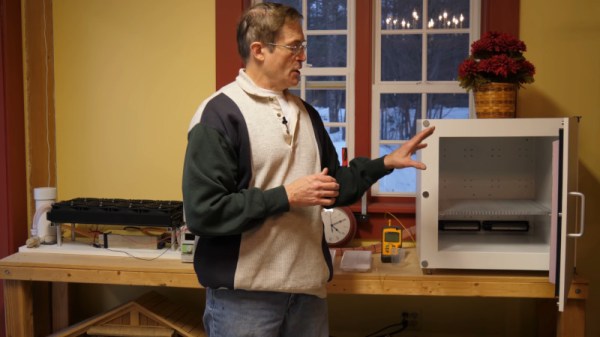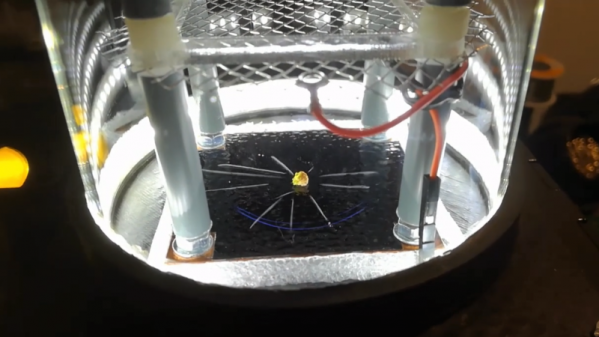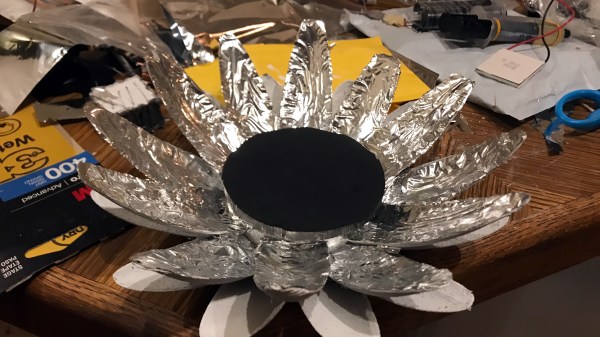Freezers are highly useful devices. You can preserve food, stop a dead animal from stinking out your apartment, and keep your vodka at the optimal drinking temperature. Of course, most of us bought ours from the local whitegoods store, but [Tech Ingredients] set out to build his own (YouTube, embedded below).
Unlike your freezer at home, this build doesn’t use the typical heat pump and refrigeration cycle with a compressor and expansion valve and so on. Instead, this freezer uses thermoelectric devices to pump heat, in combination with a glycol cooling circuit and fan-cooled radiators.
It’s not the most efficient or practical way to build a freezer, but it is functional and the device demonstrably works, making ice cubes over the course of a few hours. Performance can be further improved by moving the radiator assembly outdoors to make the most of the low ambient temperatures.
[Tech Ingredients] has further plans to experiment with a dessicant-based refrigeration system, and reports that initial results are promising. We’re eager to see how that goes; we’re fans of any rig that can cool a beer down in no time flat. Video after the break.
Continue reading “Build Your Own Freezer With Thermoelectric Coolers”





















